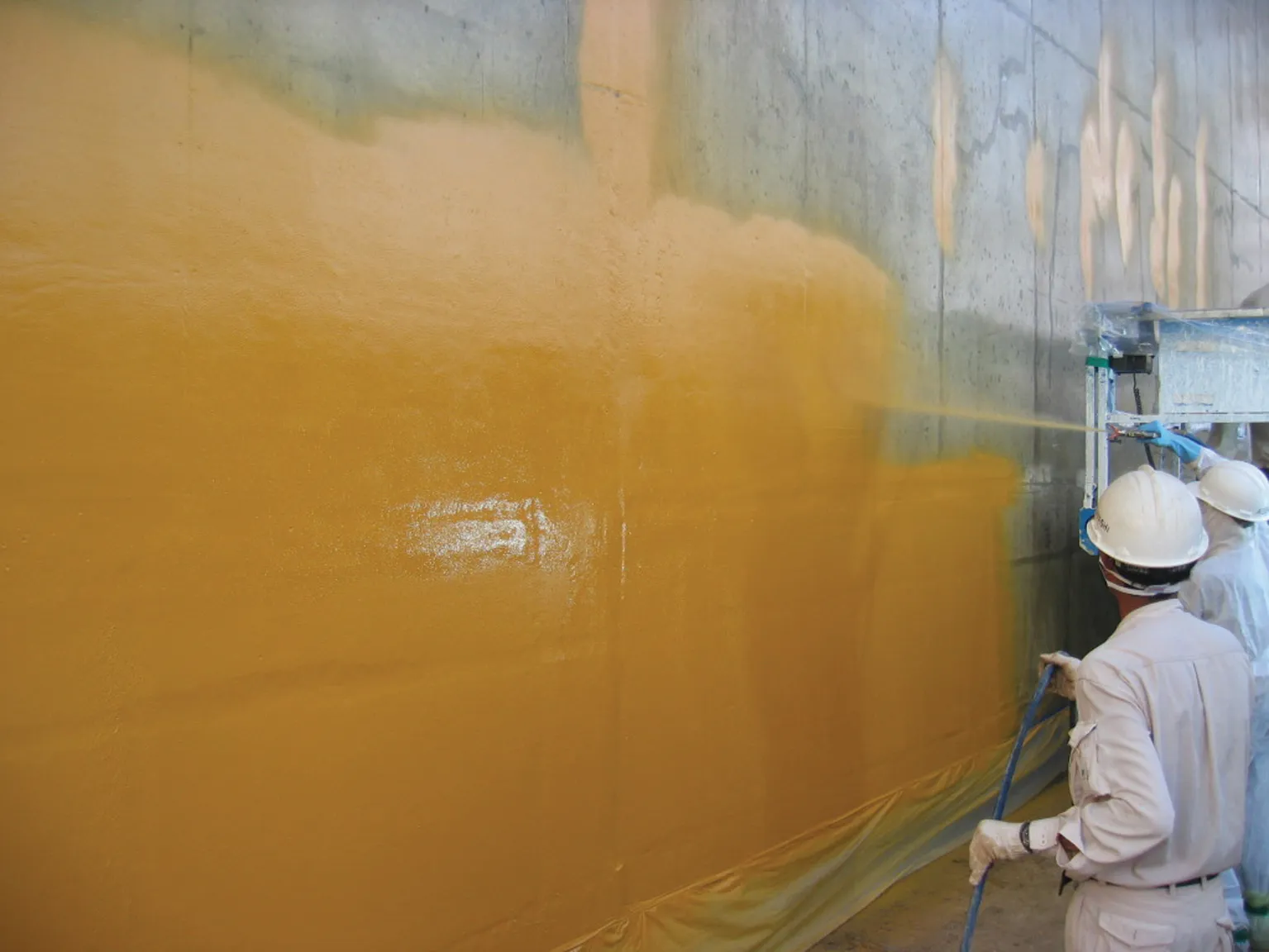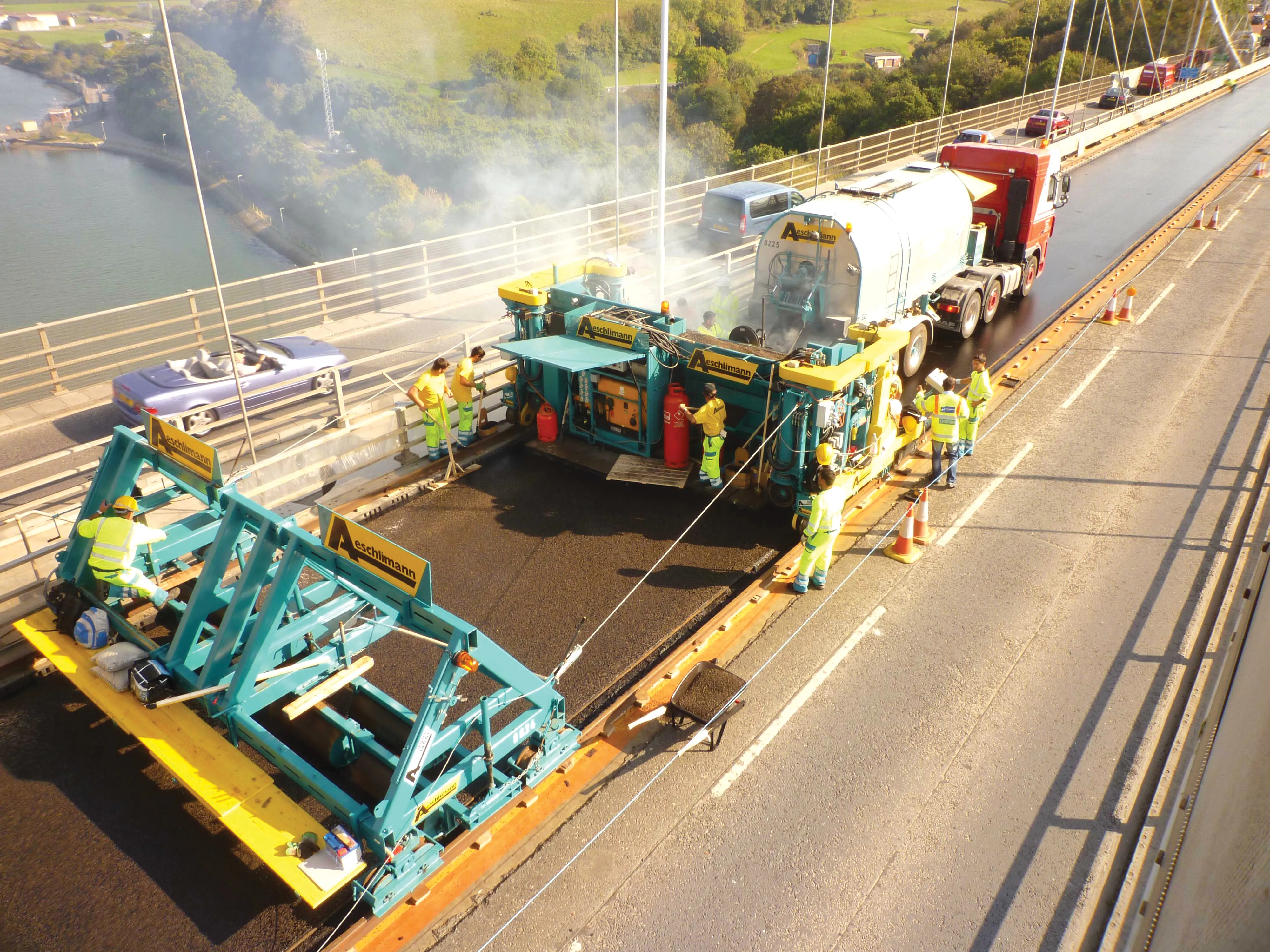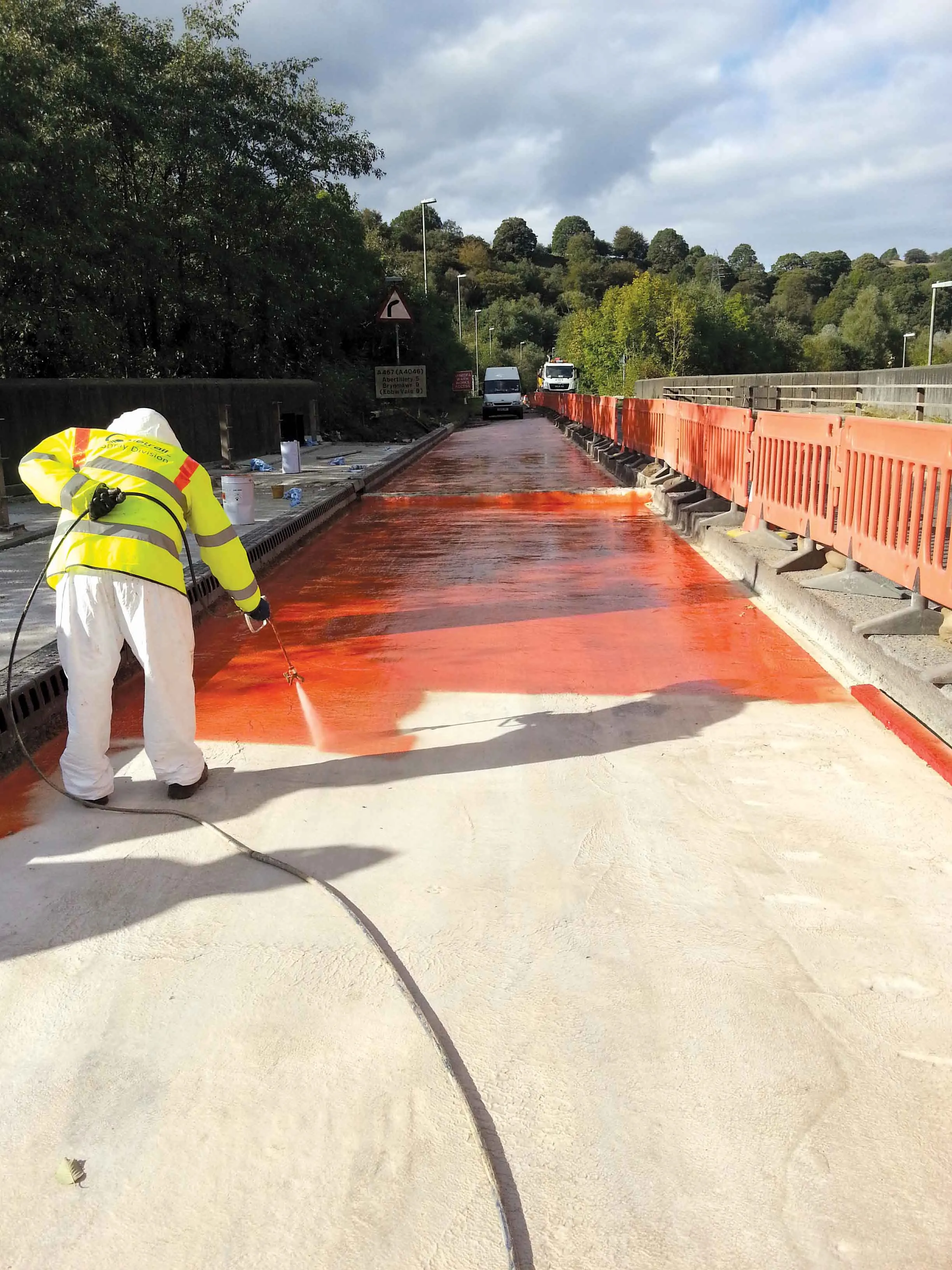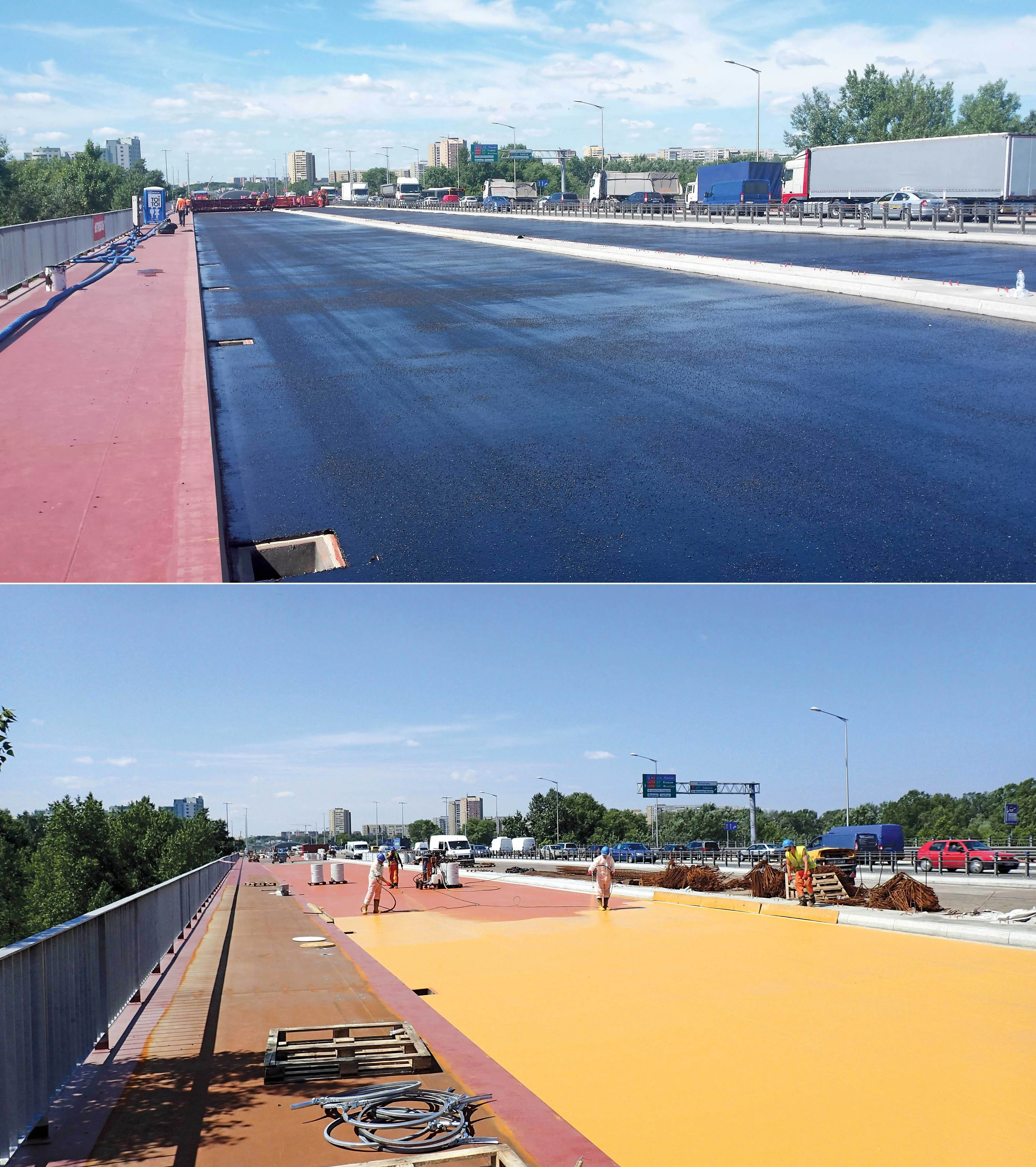Vietnam's Ho Chi Minh City's dense population, which was estimated to be 10,680 persons/km2 in 2005, is, over the next ten years, set to benefit from the completion of the Thu Thiem Urban Area project, which will provide homes for up to 200,000 people.
February 21, 2012
Read time: 3 mins

Vietnam's Ho Chi Minh City's dense population, which was estimated to be 10,680 persons/km2 in 2005, is, over the next ten years, set to benefit from the completion of the Thu Thiem Urban Area project, which will provide homes for up to 200,000 people.
A crucial element to successful development will be the creation of an effective road infrastructure, to reduce congestion and cut traveling times. As part of the city's £432 million (US$666.5 million) East-West Highways Project is construction of an immersed tube tunnel connecting District 1 to the Thu Thiem peninsula under the Saigon River. It provides an essential traffic route, and makes Vietnam the first country in South-East Asia to boast such a tunnel.
When complete the entire 22km long structure will carry six lanes of traffic at 60km/hour and will have emergency pathway gantries on either side.
It was essential to consultant engineer Pacific Consultants International that the chosen waterproofing system provided effective protection for the whole of the tunnel's 100-year design life.
Stirling Lloyd's methylmethacrylate (MMA) resin based Integritank system (used on various immersed tube tunnels including the Western Harbour Crossing, Hong Kong; the Preveza-Aktio Crossing, Greece and the Yas Island Southern Crossing Tunnel in the UAE), met this requirement.
Construction of the tunnel's four sections (each 92.4m long, 33.3m wide and 8.9m high) took place in an excavated casting basin some 20km downstream from the tunnel's final location. While in the casting bay the Integritank tunnel waterproofing membrane was applied to the external walls of the boxes by2314 Stirling Lloyd's authorised contractor 2310 Advance Specialist Treatment Engineering (ASTEL).
After initial preparation and tests, the concrete was primed with Stirling Lloyd's PA1 primer to penetrate the pores of the concrete, sealing it, enhancing the adhesion achieved and preventing any natural outgassing. After curing, the first yellow pigmented coat of the Integritank system was applied, and when this had cured, again in under an hour, the second coat of Integritank, pigmented grey, was applied.
Stirling Lloyd use contrasting pigments so that ASTEL's operatives can easily see that full coverage is being achieved. Wet film thickness tests were also taken throughout the application of each coat to confirm that the specified thickness was being applied, and the system's integrity was tested using a non-destructive electrical test.
In total approximately 18,000m2 of Integritank was applied, and to provide a bond to the overlaps with the PVC T-lock sheets, which the base plates are cast into, 200m2 of Stirling Lloyd's Metaset structural adhesive was applied between the PVC and the overlapping Integritank system. This ensures there is no vulnerable lap for water to penetrate into the concrete.
The first section of the tunnel was sunk on 8 March, and completion is due in June.
The sections will be attached to cut and cover tunnels: a 400m structure on the western side and a 320m structure on the eastern side to allow a gradual entrance to the tunnel.
Stirling Lloyd's area manager, Mehrdad Paykazadi, said: "This project is not only essential for the local infrastructure but it is also a mark of the great development taking place within Vietnam and South-East Asia."
A crucial element to successful development will be the creation of an effective road infrastructure, to reduce congestion and cut traveling times. As part of the city's £432 million (US$666.5 million) East-West Highways Project is construction of an immersed tube tunnel connecting District 1 to the Thu Thiem peninsula under the Saigon River. It provides an essential traffic route, and makes Vietnam the first country in South-East Asia to boast such a tunnel.
When complete the entire 22km long structure will carry six lanes of traffic at 60km/hour and will have emergency pathway gantries on either side.
It was essential to consultant engineer Pacific Consultants International that the chosen waterproofing system provided effective protection for the whole of the tunnel's 100-year design life.
Stirling Lloyd's methylmethacrylate (MMA) resin based Integritank system (used on various immersed tube tunnels including the Western Harbour Crossing, Hong Kong; the Preveza-Aktio Crossing, Greece and the Yas Island Southern Crossing Tunnel in the UAE), met this requirement.
Construction of the tunnel's four sections (each 92.4m long, 33.3m wide and 8.9m high) took place in an excavated casting basin some 20km downstream from the tunnel's final location. While in the casting bay the Integritank tunnel waterproofing membrane was applied to the external walls of the boxes by
After initial preparation and tests, the concrete was primed with Stirling Lloyd's PA1 primer to penetrate the pores of the concrete, sealing it, enhancing the adhesion achieved and preventing any natural outgassing. After curing, the first yellow pigmented coat of the Integritank system was applied, and when this had cured, again in under an hour, the second coat of Integritank, pigmented grey, was applied.
Stirling Lloyd use contrasting pigments so that ASTEL's operatives can easily see that full coverage is being achieved. Wet film thickness tests were also taken throughout the application of each coat to confirm that the specified thickness was being applied, and the system's integrity was tested using a non-destructive electrical test.
In total approximately 18,000m2 of Integritank was applied, and to provide a bond to the overlaps with the PVC T-lock sheets, which the base plates are cast into, 200m2 of Stirling Lloyd's Metaset structural adhesive was applied between the PVC and the overlapping Integritank system. This ensures there is no vulnerable lap for water to penetrate into the concrete.
The first section of the tunnel was sunk on 8 March, and completion is due in June.
The sections will be attached to cut and cover tunnels: a 400m structure on the western side and a 320m structure on the eastern side to allow a gradual entrance to the tunnel.
Stirling Lloyd's area manager, Mehrdad Paykazadi, said: "This project is not only essential for the local infrastructure but it is also a mark of the great development taking place within Vietnam and South-East Asia."








